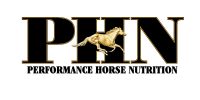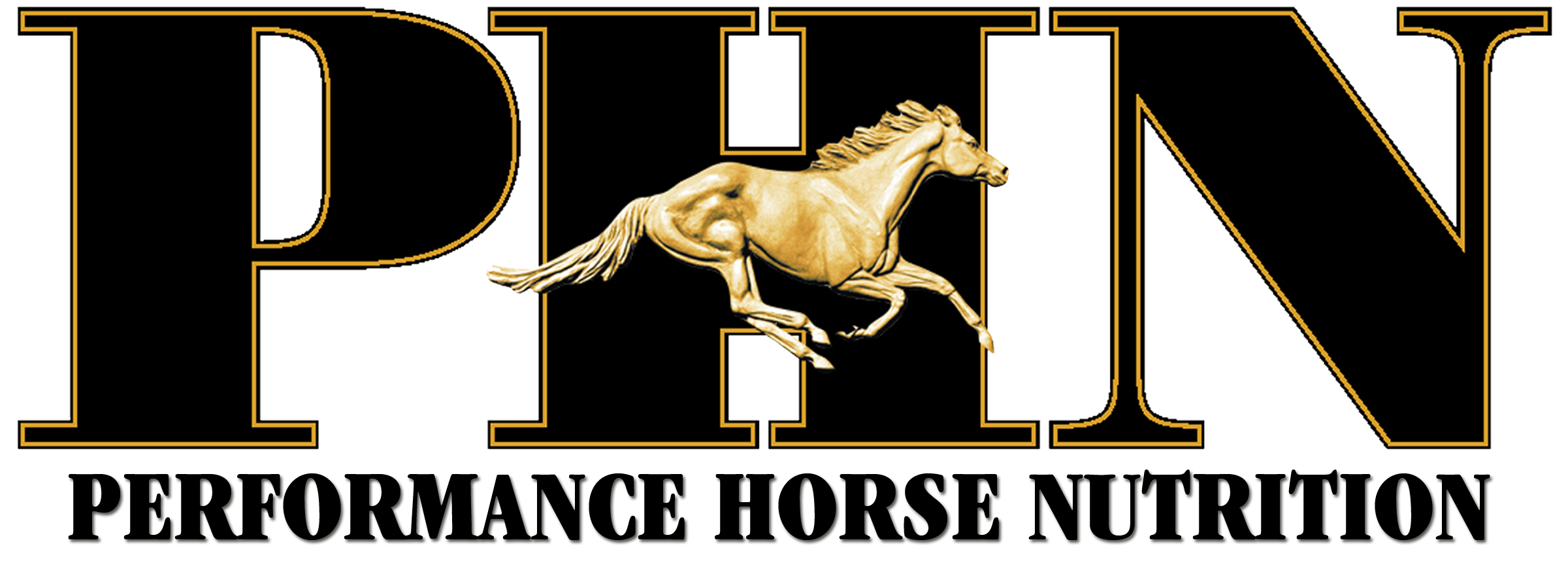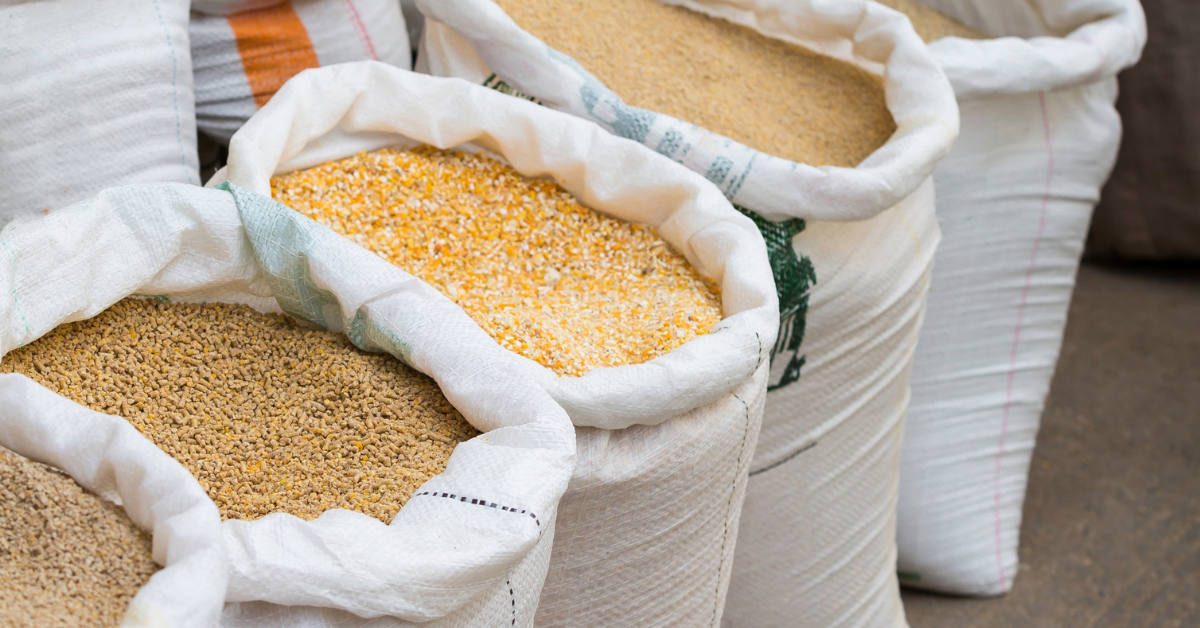CHOOSING THE
RIGHT FEED BAG
2021

Written by Performance Horse Nutrition
Walking into a feed store can be a daunting experience with so many bags and brightly colored packages to choose from. As you wander through the aisles of pallets stacked two and three high with all manner of feeds and supplements it becomes increasingly difficult to make a decision on which will be best for your horse. There are a few simple questions that you need to ask yourself in order to simplify the selection of the right feed for your horse.
Question 1. What is the age of your horse?
The age of your horse will help determine its nutrient requirements. If the horse is young (birth to 2years) its nutritional needs are driven by growth. The nutritional demands of growth are high, most commercial growth and development feeds have protein contents between 14% and 16%. The requirements for other nutrients including minerals and vitamins are also increased in a young horse to support growth. The other type of horse that has nutrient requirements that are sensitive to age are old horses. However, a senior horse does not become “senior” based solely on age. A horse is considered “nutritionally senior” when it can no longer eat its same diet and maintain body condition. These horses require a special diet that provides readily available minerals and vitamins. Commercial senior feeds are easy to chew and highly digestible, along with having a high fiber content (to replace the fiber they can no longer effectively chew from hay or pasture). These feeds are typically pelleted and in severe cases can be soaked and made into a mash to facilitate easier consumption by the horse. If your horse is either young or old select an appropriate product.
Question 2. What is the physiological stage or use of the horse?
There are several different physiological stages the horse could be in for example; stallion (non-breeding or breeding), pregnancy (early, mid, or late gestation), lactation, or growing (foal, weanling or yearling). These are easily characterized and have specific nutritional requirements. The use of the horse or activity level is more difficult to discern. The categories of activity used are maintenance or working (light, moderate, heavy, or very heavy exercise). When evaluating activity level we must look at the amount of work. Most horses that are ridden between 0 and 4 days a week for ½ to 1 hr per ride undergoing walk, trot and some canter would be considered maintenance to light exercise in terms of feeding requirements. Overestimating or underestimating your horse’s activity level results in either fat or thin horses. This practice compromises that amount of necessary nutrients that your horse is receiving. Pick a feed that is intended for the physiologic state of your horse and feed appropriate amounts according to label directions.
Question 3. Has your horse been diagnosed with any relevant medical issues?
Relevant medical conditions can include anything from gastric ulcers, allergies, kidney problems to metabolic diseases such as tying-up, obesity, insulin resistance, laminitis, and Cushing’s. Avoid self diagnoses and ensure experts in the field have diagnosed the horses issue correctly. It is recommended that you work with an equine nutritionist to design a diet specific to your horses needs.
Question 4. What is your horses body weight and condition?
Most people do not have access to livestock scales and therefore need to find more accessible methods of estimating weight. A weight tape is very useful for this and can usually be found in most feed stores. If you do not have a weight tape you can also use a simple measuring tape. Measure the heart girth, then measure the length of the horse from the point of the shoulder to the point of the buttock. Use the following equation to estimate body weight: Heart girth (in) x Heart girth (in) x Length (in) divided by 330 = Weight (lbs)
Body Condition Scoring (BCS) is also a useful tool when managing horses and in particular deciding on the right feed choice. Body condition scoring involves the palpation and visual assessment of the degree of fatness of various areas of the horse, such as: over the ribs, tail head area, neck and withers, and behind the shoulders (Henneke et al., 1983). The scoring system uses a numeric scale of 1 to 9 where 1 is emaciated and 9 is obese. Regular condition scoring of your horse will help in deciding if your horse needs to gain, lose of just maintain weight.
Question 5. What forage do you have available?
Forage, which includes hay and pasture, should be the foundation for all equine feeding programs. The feed you select should complement the forage that you have available for your horse. If you have ready access to pasture and good quality hay you will generally have to feed less concentrate to reach the horse’s nutritional requirements (also depends on activity level). Low intake ration balancer products are a good choice under these conditions. Depending on the type of hay you have available, this will also influence your concentrate choice. Alfalfa hay has higher protein and energy than some grass hays and makes a good addition to a feeding program that needs some additional calories, e.g moderate to very heavy exercising horses, broodmares, and growing animals. Using these five criteria you should be better equipped in selecting the right feed for your horse. Remember always following the feeding guidelines outlined on each bag of feed. If these recommendations do not suit your horse then select a feed that you can follow the feeding recommendations to achieve the desired outcome.

